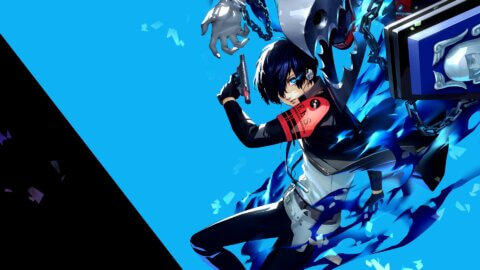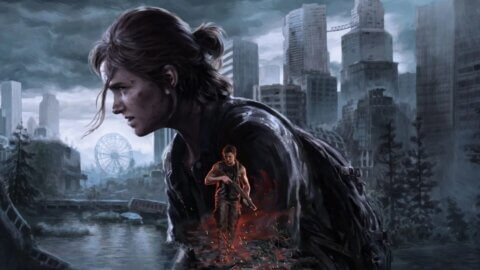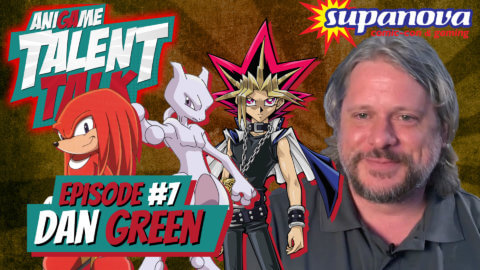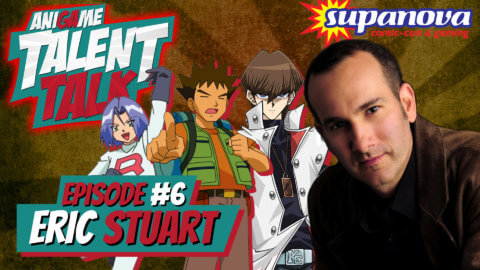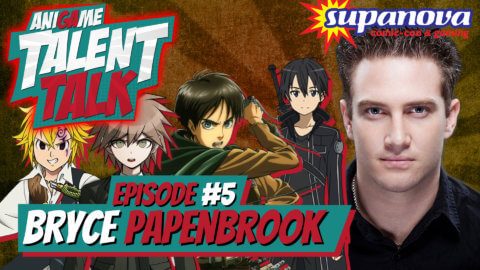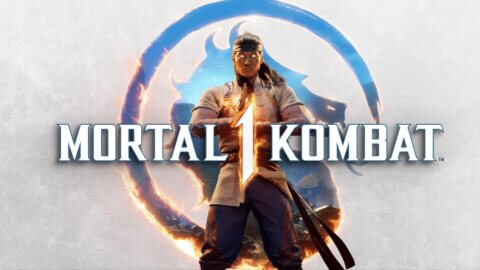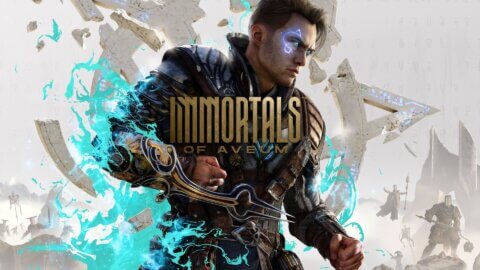As someone with a love for Japan, Japanese culture and along with that, Samurais. When I saw Ghost of Tsushima first announced, and even more so once Sucker Punch started to show off what the game really was, I couldn’t help but think they’ve designed this game just for me. Sucker Punch have shown off once again how they’re one of the best in the business when it comes to open world design and gameplay mechanics as Ghost of Tsushima has some of the most rewarding and satisfying combat in any modern game and you’ll be amazed with how gorgeous it’s locations are, with the landscapes continuing to be breathtaking the whole way through. It does fall down with some of the standard flaws that come with open world games but there’s no doubting that Ghost of Tsushima is a great sendoff for the PS4 when it comes to Sony’s first party offerings.
Unlike Sucker Punch’s previous franchise, Infamous, Ghost of Tsushima has stripped out the supernatural events and superpowers in favour of a more grounded take on combat and the samurai way of life. Ghost of Tsushima’s story and characters are completely fictional, but it is based on the very real island of Tsushima and the Mongol invasion of Japan that began back in 1274.
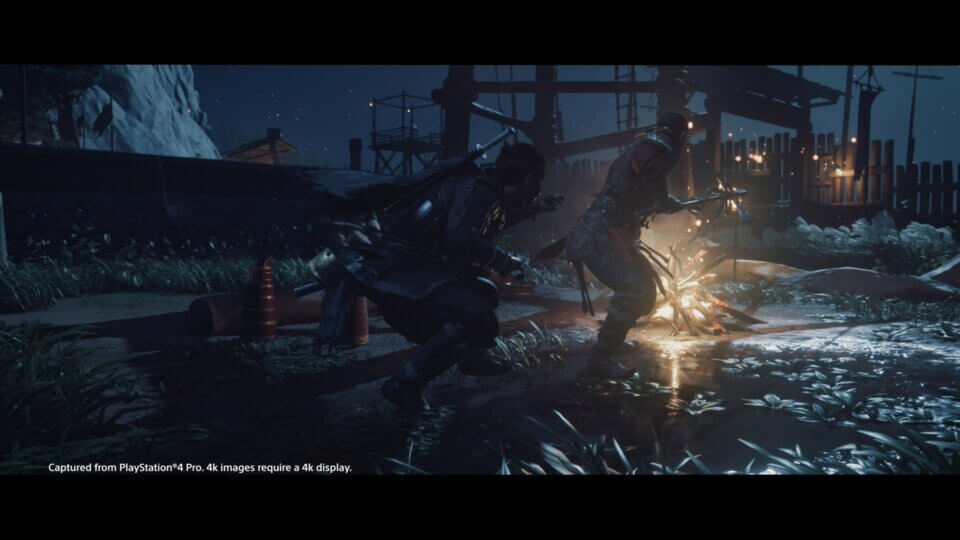
In Ghost of Tsushima you play as Jin Sakai, a man who begins the story as an honourable samurai warrior. But after the Mongol invasion begins and all other samurai on the island are seemingly wiped out, Jin is forced to bend the way of the samurai in an attempt to save his homeland from the Mongols and retrieve his uncle, whom the Mongols have taken captive. As you progress further throughout the game, Jin can start to adapt the fighting style of ‘The Ghost’ to perform ‘less-honourale’ but somewhat more effective strategies in battle, doing things a samurai would never consider doing such as stealth killing from the shadows, using smoke bombs and instilling fear to gain an edge in encounters.
This isn’t the first time Sucker Punch game’s have played with the mechanic of choice and ‘good’ or ‘bad’. The whole Infamous franchise was practically based on the morality and choice system. The outcomes in Ghost of Tsushima of adopting one style over the other are less black and white as in the Infamous series but there are slight changes that are present, such as the game’s weather adapting accordingly and even the perception of Jin by NPC’s, meaning your decisions do still have some weight. But the primary struggle comes with seeing Jin struggle internally, questioning if what he’s doing is really justice and if his family would also go to the same lengths to save their homeland.
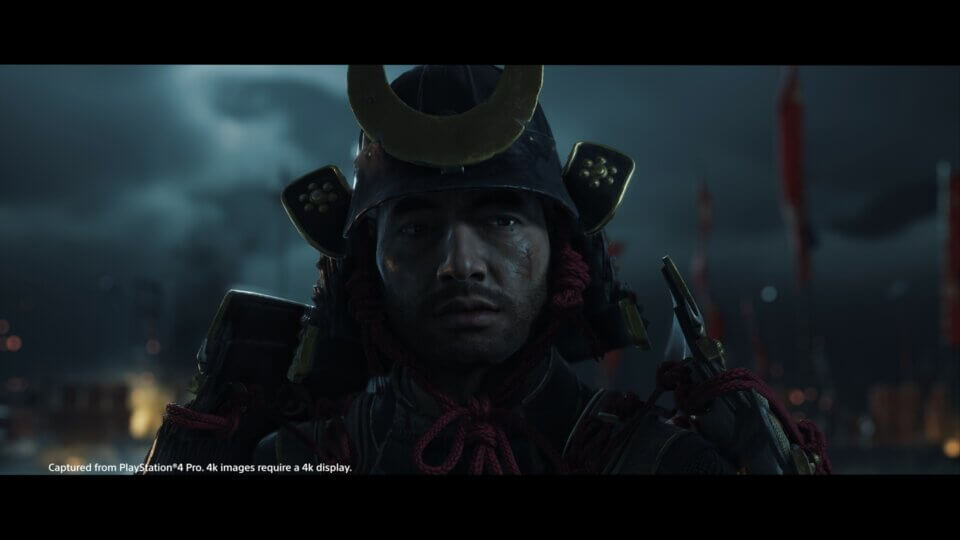
When starting the game, one of the first things you will notice is how gorgeous Tsushima is. I’m not necessarily talking about the characters here, as although they look fine, there are certainly games that look better when it comes to character models. But I’ve never adventured through a world of this scale that continues to be breathtaking around every corner. Normally in open world games there are key areas where more effort is often placed to make sure they are engaging to the player and memorable, such as main villages or environments that are key to the main story. But in Tsushima, the world itself is incredible. Absolutely packed with things that will catch your eye as you speed through on horseback, vibrant flowers, gorgeous sunsets, vistas of native plants and natural wood establishments that constantly keep things engaging for the player and also represents the natural beauty of the island of Tsushima. The photo mode certainly got a workout as I worked through this game, taking more photos throughout than I have in any other game.
I also loved Sucker Punch’s take on open world navigation too. The HUD within the game is almost non-existent. You do have the ability to view a map and key objective locations via the pause menu. But there is no mini-map taking up space on screen when playing the game. Instead you’re able to be guided towards the direction of your objective by following the wind which can be summoned by swiping the touch-pad on the DualShock 4. I thought this system was a really unique and clever way to guide the player while still giving them the full view of the world and not busying up the HUD with a mini-map. I’m sure many developers in the near future are going to copy or implement similar systems in their games going forward.
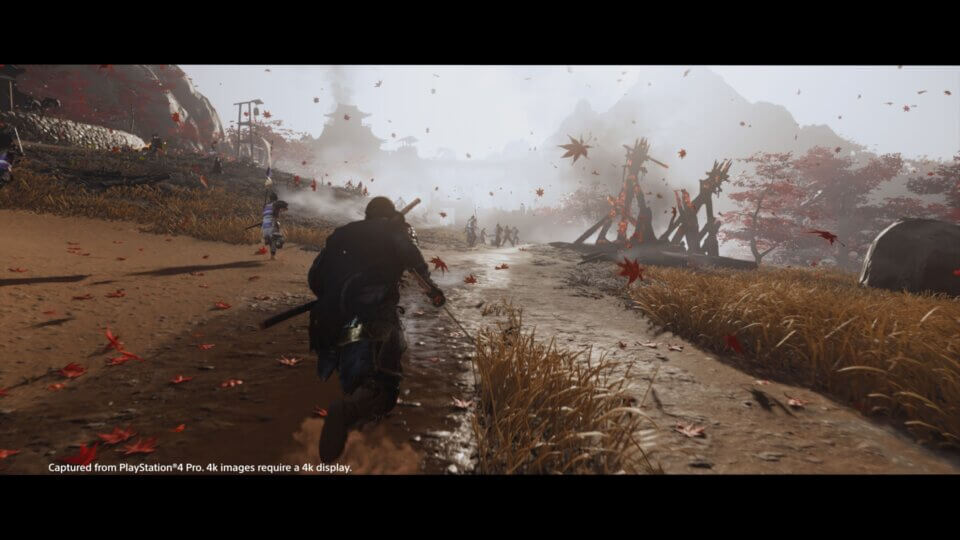
As mentioned, Ghost of Tsushima is incredibly fun to play and the world it’s set in is incredibly pleasant to look at, but the thing that took the game to the next level was it’s combat system. You’ll be slicing down a lot of Mongols throughout your adventure so I was glad to find that the combat system is so satisfying. At no point did the game turn into a ‘mash square’ scenario where I would just mindlessly button press until there were no enemies left standing just so I can progress to the next part of the stage. Each kill is strategic, planned and requires focus to get through unscathed. Whether you’re killing your first enemy or your thousandth, it continues to feel satisfying. The system is built upon a fairly standard light attack, heavy attack and dodge/block approach but is enhanced by having Jin capable of learning various fighting stances that can drastically change up your combat approach and the effectiveness of your attacks against certain enemies.
But the customisation doesn’t just stop at which fighting stance is your favourite. You’re also given the ability to change Jin’s personal appearance, armour, equip collected charms and unlock new attacks based on the skill trees you decide to progress, matching them to your chosen playstyle. Many of these customisation changes will also affect Jin’s stats and buff certain abilities which is how progression is handled within the game. You won’t be unlocking a plethora of new weapons that get better and better as you journey on. You end the game with the same weapons you started with, as the samurai have a unique bond with their swords. But as you adventure, you’ll be given numerous opportunities to enhance Jin’s other skills and enhance the effectiveness of his swords at vendors.
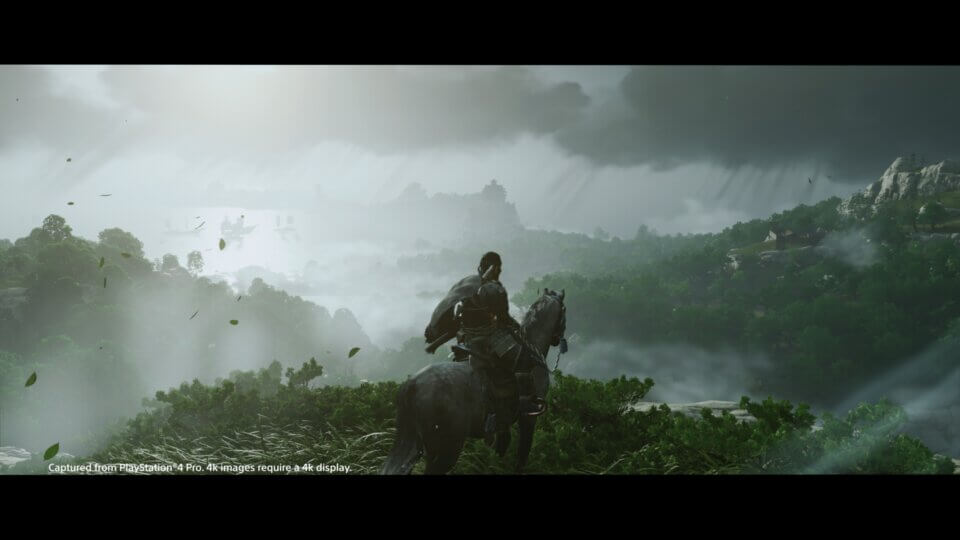
The key thing that can make or break an open world game are it’s objectives and side quests. Sure, most of the effort is generally focused on the storyline of the overall game and it’s main quest, but if your side quests are just a bunch of fetch quests given to the player by bland, undeveloped characters, there will rarely be any drive to want to seek them out and complete them. Fortunately here in Ghost of Tsushima, the side quests were actually some of the missions I liked the most. There is plenty to seek out and find such as Shrines, Haiku locations, Fox dens, hot springs and numerous others types of collectibles, and I often found myself being pulled from the main questline for hours just to see more of the world and collect them. The side questlines here also introduce characters and even whole story arcs that would be missed if you chose to stick purely to the main story, rewarding you for your time taken to seek them out and complete them.
While my overall experience with Ghost of Tsushima was very positive and enjoyable it does have some noticeable issues I spotted during my time with it. The first and most noticeable thing was it’s Japanese voice track. I loved that the game provided a Japanese language option to make the whole experience feel like a genuine piece of samurai media, but unfortunately the Japanese track is used over the English actors’ performance capture, meaning the mouth movements don’t line up with the on-screen actor and is essentially just dubbed over the top of the English performance. Ironically, quite the opposite of how localised Japanese samurai films are done. I would have loved if the game’s mouth tech had adapted to the chosen language similar to how recent Final Fantasy games have been able to change the mouth movements depending on if you’re playing the game in English or Japanese to have the mouth movements match the audible word. Secondly, which is often the case in many open world games, I did encounter a number of small bugs and glitches such as NPC characters and enemies falling through the floor and getting stuck in environments or getting stuck behind objects in the world causing their AI to glitch out and just have them continually walking on the spot, around in circles. These small things weren’t in any way game breaking but did occasionally take me out of the mostly grounded samurai experience the game offers as they often result in some laugh out loud moments.
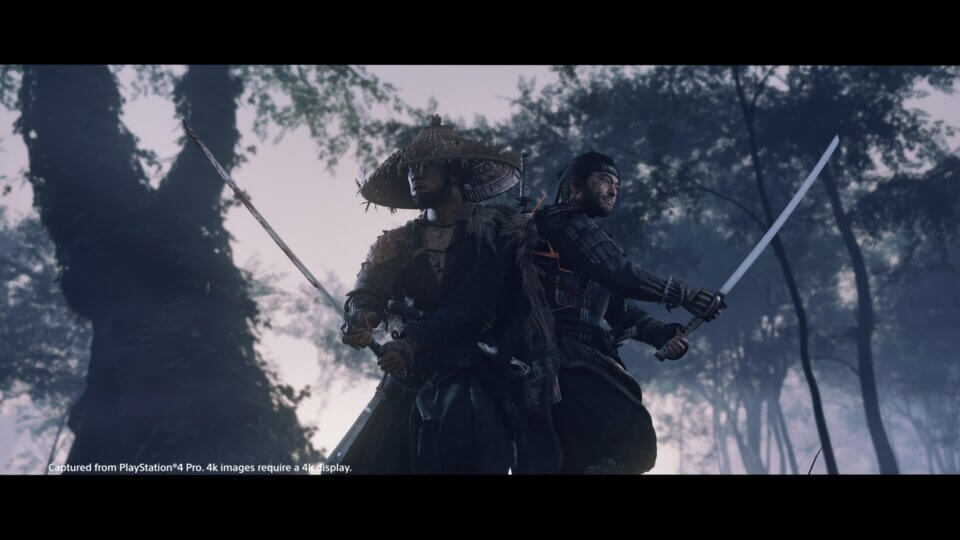
Sucker Punch have sent the PS4 off with a bang with Ghost of Tsushima. They’ve shown again they are the masters of open world and quest design, further pushing the things they nailed in the Infamous franchise to deliver a game that is just so fun and satisfying to play. With open world games being more prominent than ever, I can definitely see other developers adapting aspects in their game’s going forward when it comes to HUD’s and world design. Sucker Punch have proved again what they can do with Sony’s hardware and I truly hope it’s not another 5 years until we get to see what they’re cooking up for the PS5.
A PS4 review code was provided by the publisher for the purpose of this review.
If you want to see more content like this and never miss one of our frequent gaming and anime giveaways come and Follow Ani-Game on Twitter.
9
- + Beautiful and vibrant open world
- + Interesting side objectives
- + Fun and satisfying combat
- + rewarding customisation options
- - Japanese language track is a dub
- - Minor bugs and AI glitches

